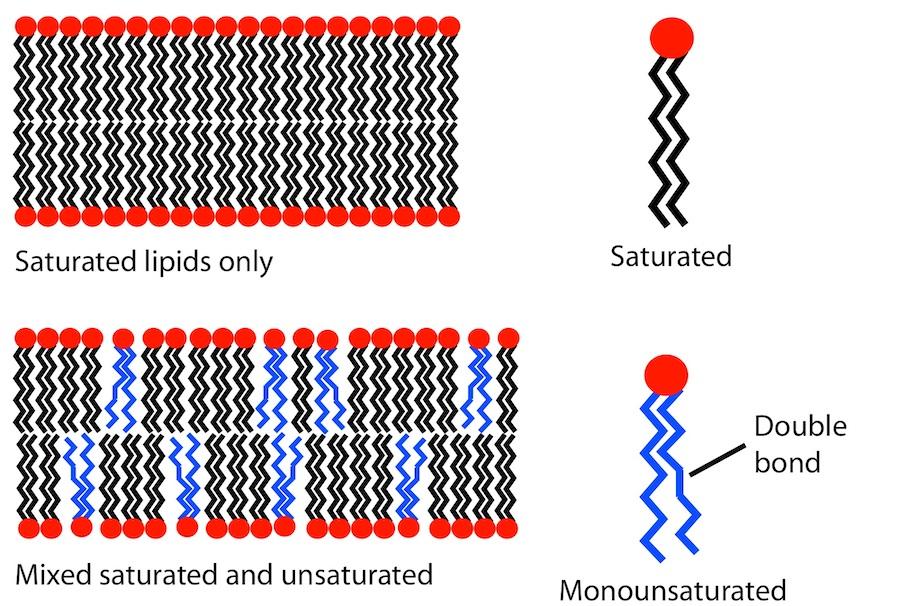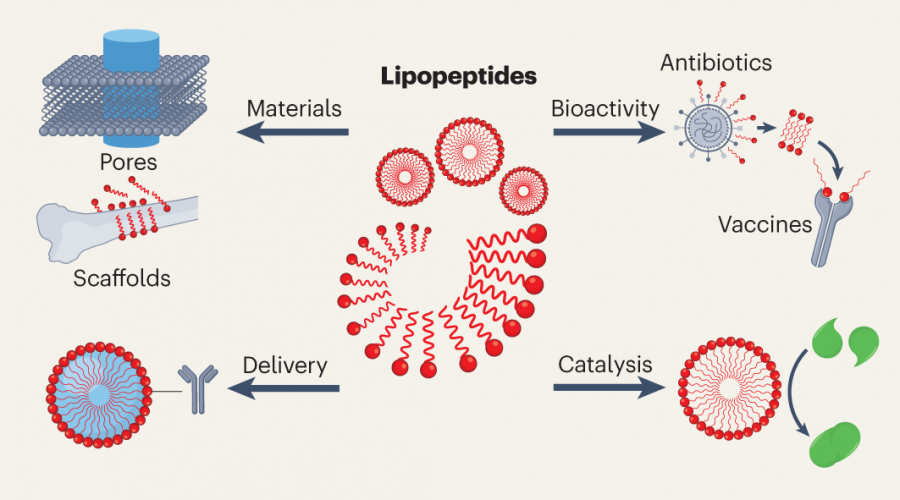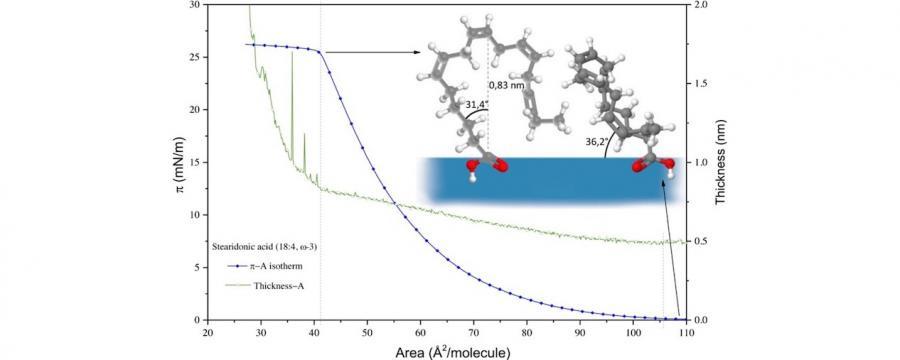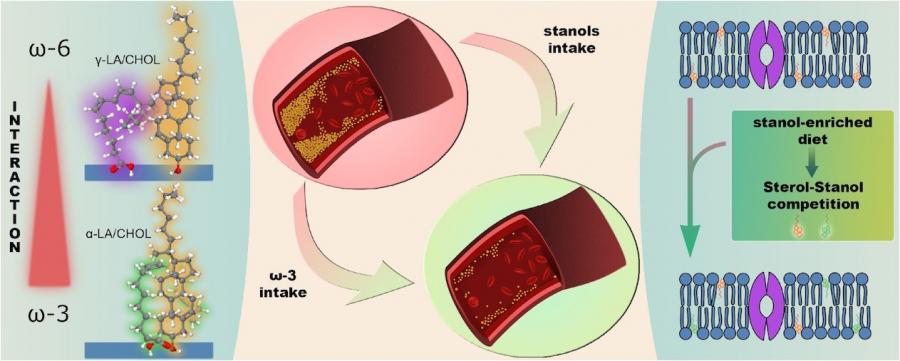Thermodynamics and phase transitions in lipid systems. Membrane models.

Among supramolecular systems, those made from amphipathic lipids (usually phospholipids) and bilamellar systems among them, such as cell membranes, show variations in their behaviour and properties when their composition changes. The introduction or alteration of chemical functional groups (unsaturation, hydrogenation, halogenation, ...), changes in the length of their acyl chain, and other possible structural modifications determine their intermolecular interactions, and hence the stability of the aggregate.
In our lab we make membrane models of different composition depending on the membrane we try to mimick: pulmonary surfactant film, bacterial (Gram (-) or Gram (+)) cell membrane, cancer cell membrane, and so on. In order to do so, phase diagrams from measurements at the air/water interface allow us to gain insight on the structure and behaviour of biomembranes and how this may affect their function.
Characterisation of amphiphilic peptides
Peptides (polymers made up by the union of a small number of aminoacids via peptide bonds), and particularly amphiphilic peptides, in which the peptide shows hydrophobic and hydrophilic aminoacid residues that make it surface active or has a hydrophobic chain attached to it, have an immense therapeutic interest.
The characterisation of these peptides at the air/water interface brings us closer to understanding their surface behaviour and their intermolecular interactions, which will determine their ability to self-assemble. We can find an example of this in lipopeptide drugs, such as daptomycin. Because of these features and their capability to interact with biological membranes (another of our research lines) they have multiple applications, based on which we can speak of cell-penetrating peptides (CPP) or antimicrobial peptides (AMP).

Physicochemical study of thte biological behaviour of ω-3, ω-6 and ω-9 fatty acids

- J. L. Fidalgo Rodríguez et al. / Chem. Phys. Lipids 232 (2020) 104968 - go to article
- J. L. Fidalgo Rodríguez et al. / BBA - Biomembranes 1861 (2019) 1428-1436 - go to article
- J. L. Fidalgo Rodríguez et al. / Coll. Surf. B: Biointerfaces 174 (2019) 189-198 - go to article
- J. L. Fidalgo Rodríguez et al. / Coll. Surf. B: Biointerfaces 158 (2017) 634-642 - go to article
Surface characterisation of sterols and stanols of biological interest

- J. L. Fidalgo Rodríguez et al. / Chem. Phys. Lipids 225 (2019) 104819 - go to article
- J. L. Fidalgo Rodríguez et al. / Coll. Surf. A: Physicochem. & Eng. Aspects 563 (2019) 330-339 - go to article